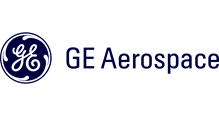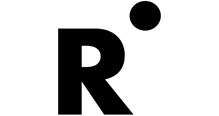
December 1 - 6, 2024
Boston, Massachusetts
Symposium Supporters
2024 MRS Fall Meeting & Exhibit
QT01.04.09
Effects of Banded Morphologies on Circular Dichroism in Chiral Halide Perovskites
When and Where
Dec 3, 2024
11:45am - 12:00pm
11:45am - 12:00pm
Sheraton, Fifth Floor, Jamaica Pond
Presenter(s)
Co-Author(s)
Matthew Hautzinger1,Cho Ge1,Matthew Beard1
National Renewable Energy Laboratory1
Abstract
Matthew Hautzinger1,Cho Ge1,Matthew Beard1
National Renewable Energy Laboratory1
Chiral halide perovskites have exhibited strong chiro-optical properties including large circular dichroism and circularly polarized photoluminescence. One specific chiral halide perovskite, (R/S-NEA)2PbBr4 (NEA = 1-(1-napthyl)ethylammonium), exhibits interesting conduction band spin splitting due to the chirality, as well as interesting materials properties such as a low melting temperature and forming a glass phase. Here, we investigate how this glass behavior leads to interesting banded morphologies in thin films. Specifically, we varied the thin film deposition to produce a wide range of banded morphologies, with varying ridge to ridge distance and fibril like motifs as shown in optical microscopy and SEM. While appearance of these morphologies appear similar to be banded spherulites with potentially twisted helical structures, through cross polarized microscopy and X-ray diffraction we show that this is closer to a rhythmic precipitation. There are no changes in orientation between the bands (as is the case with banded spherulites) and the entire film is well oriented film with the inorganic halide perovskite planes parallel to the substrate. The circular dichroism of these samples, across multiple processing conditions/morphologies appear to follow little to no trend in behavior. We explain this with a simple model showing the impact of incident light angle on the extrinsic circular dichroism and suggest the ridged morphology induces changes in the incident light angle across the film, causing the changes in circular dichroism.Keywords
calorimetry
Symposium Organizers
Volker Blum, Duke University
Sascha Feldmann, Harvard University
Paulina Plochocka, CNRS
Tze Chien Sum, Nanyang Technological University
Symposium Support
Silver
Light Conversion
FHI-aims - First-Principles Materials Simulations
Quantum Design
Light Conversion
FHI-aims - First-Principles Materials Simulations
Quantum Design
Session Chairs
Rayan Chakraborty
Haipeng Lu




